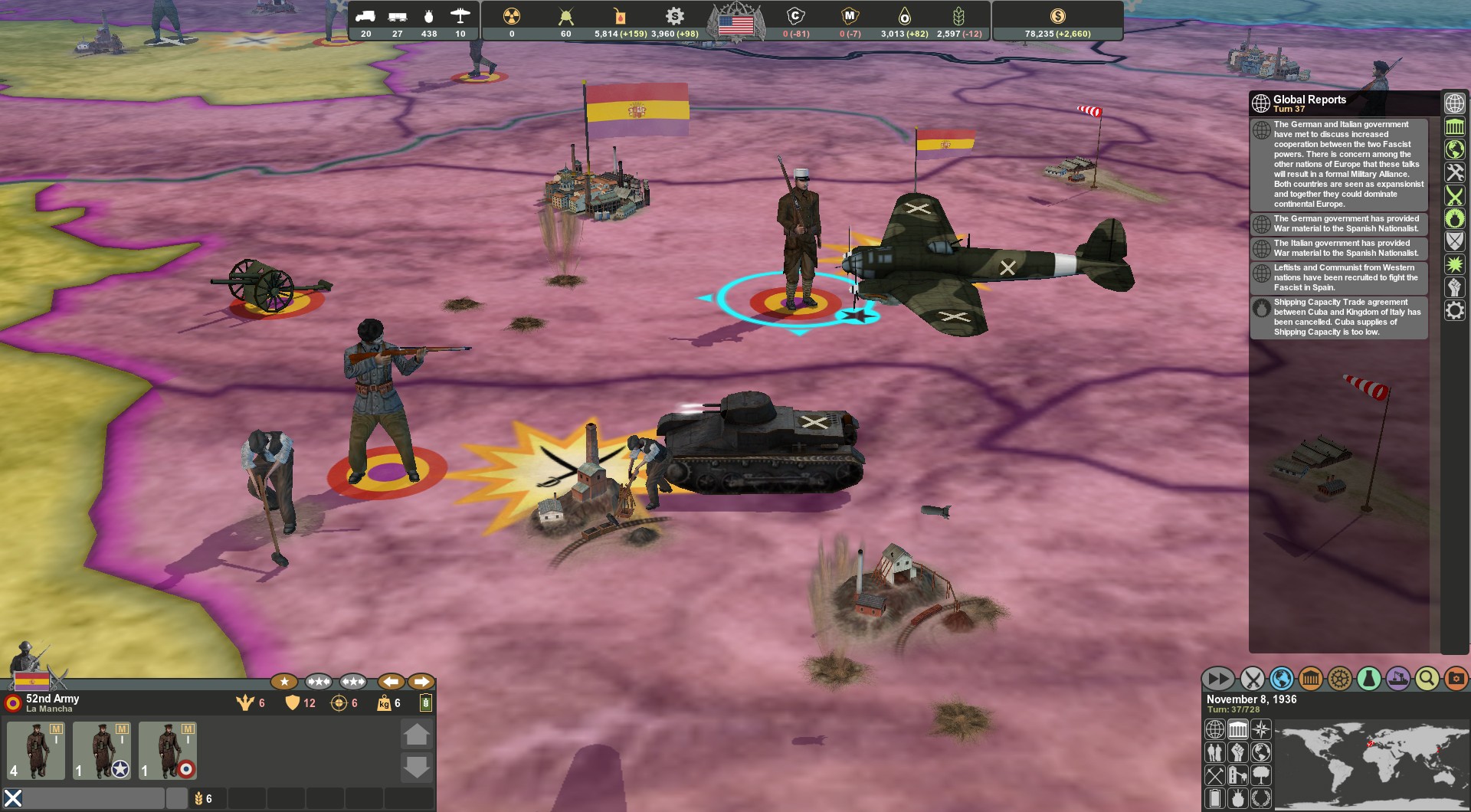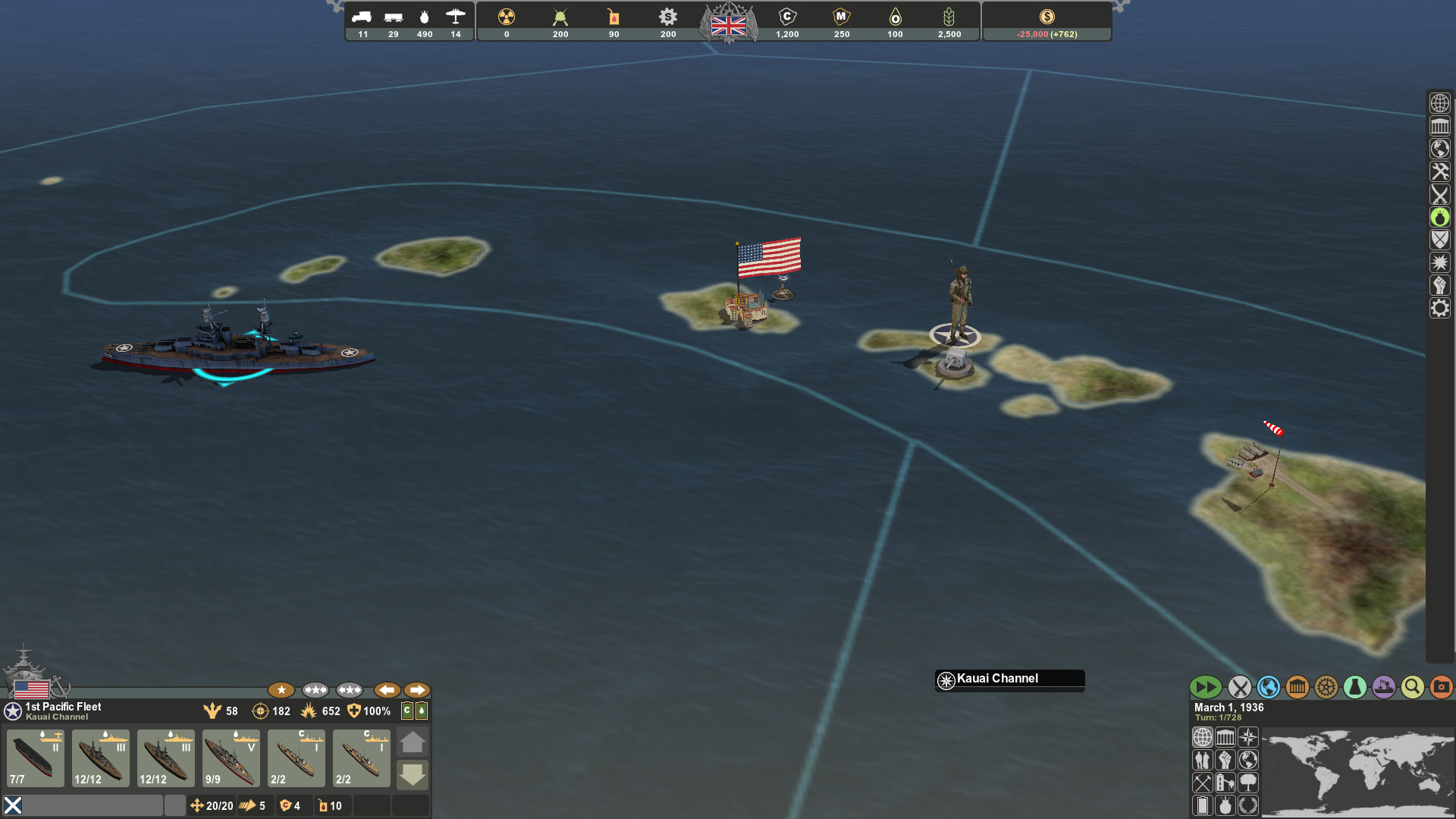

Now fading is the once widely held view of Cather as a writer who separated herself from the historical present (to the degree to which this was possible) and who remained aloof from the ideological pressures and preoccupations of her day. Indeed, as far as her connections to twentieth-century history are concerned, we might as well, as the saying goes, expect the unexpected.

That Cather was there, albeit vicariously, at the D-Day landings and in the midst of the Pacific island campaigns should not surprise us.

Hopefully, some of these servicemen responded to the text in the same manner as the wounded veteran of the Battle for the Philippines described at the opening of Chinery's essay: this soldier decided to keep reading even after discovering (contrary to the book's title) that Death Comes for the Archbishop was not a murder mystery. One would like to think, however, that at least a few of the GIs who carried Death Comes for the Archbishop with them during the opening phase of the liberation of Europe took comfort in the spiritual austerity of Cather's narrative or, at the very least, found a momentary refuge from war's horrors in a faraway landscape of mesas, piñons, and adobe. We do not know how much welcome distraction, to say nothing of solace, Cather's text provided these soldiers, how much her words meant, or failed to mean, when read in the midst of Operation Overlord. As Mary Chinery points out in the final essay of this volume, some of the American troops who landed at Normandy on June 6, 1944, carried with them the compact, but unabridged, Armed Services edition of a particularly rich and powerful American novel-Willa Cather's Death Comes for the Archbishop.


 0 kommentar(er)
0 kommentar(er)
